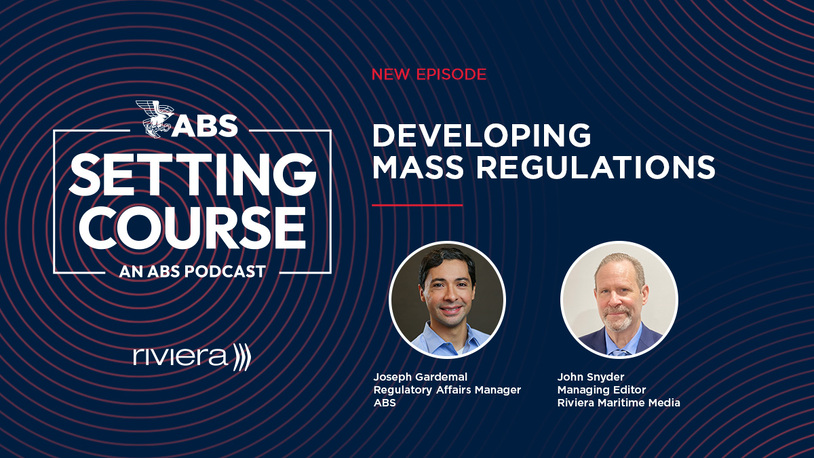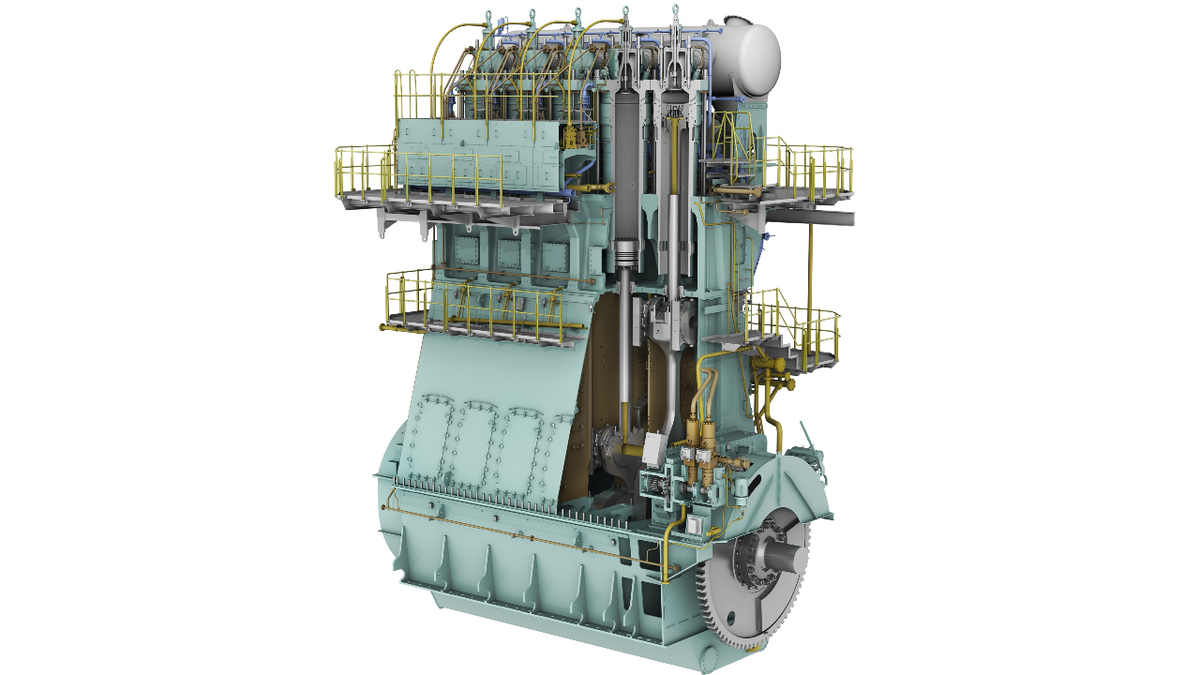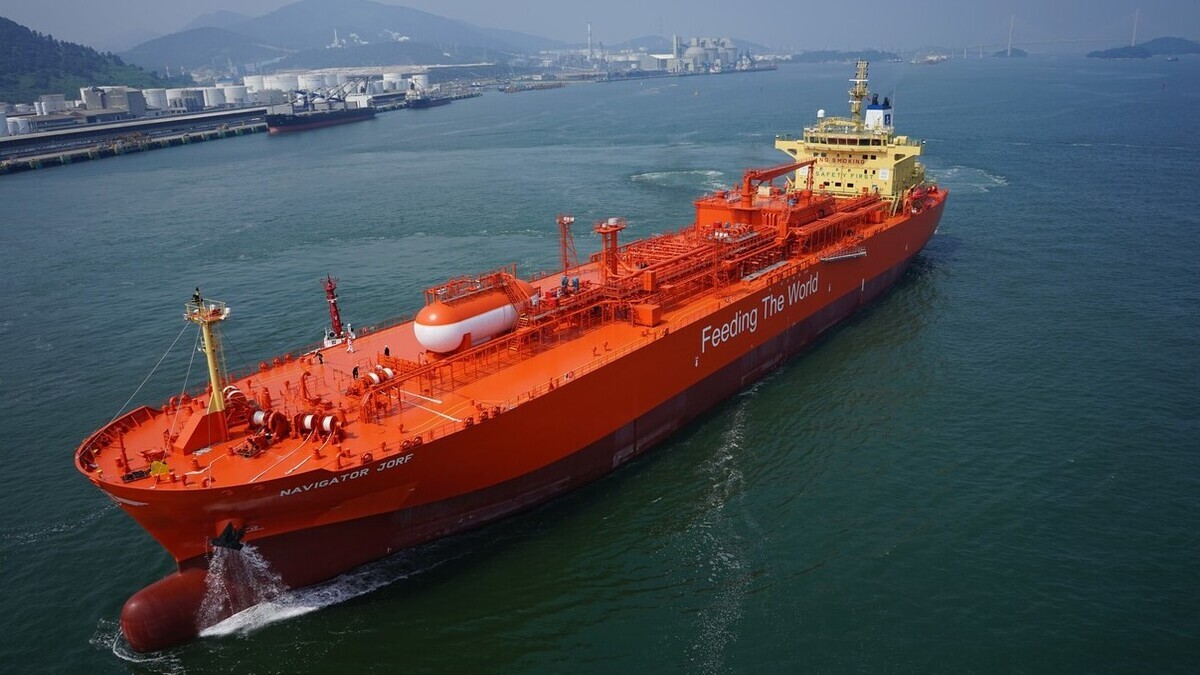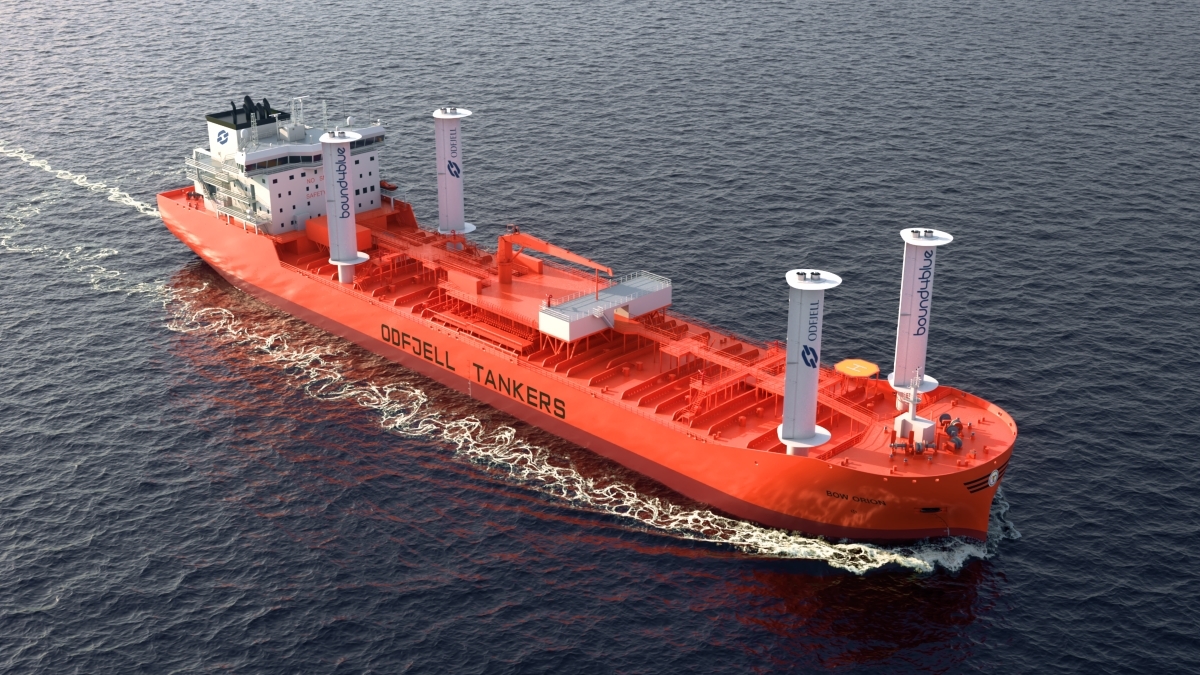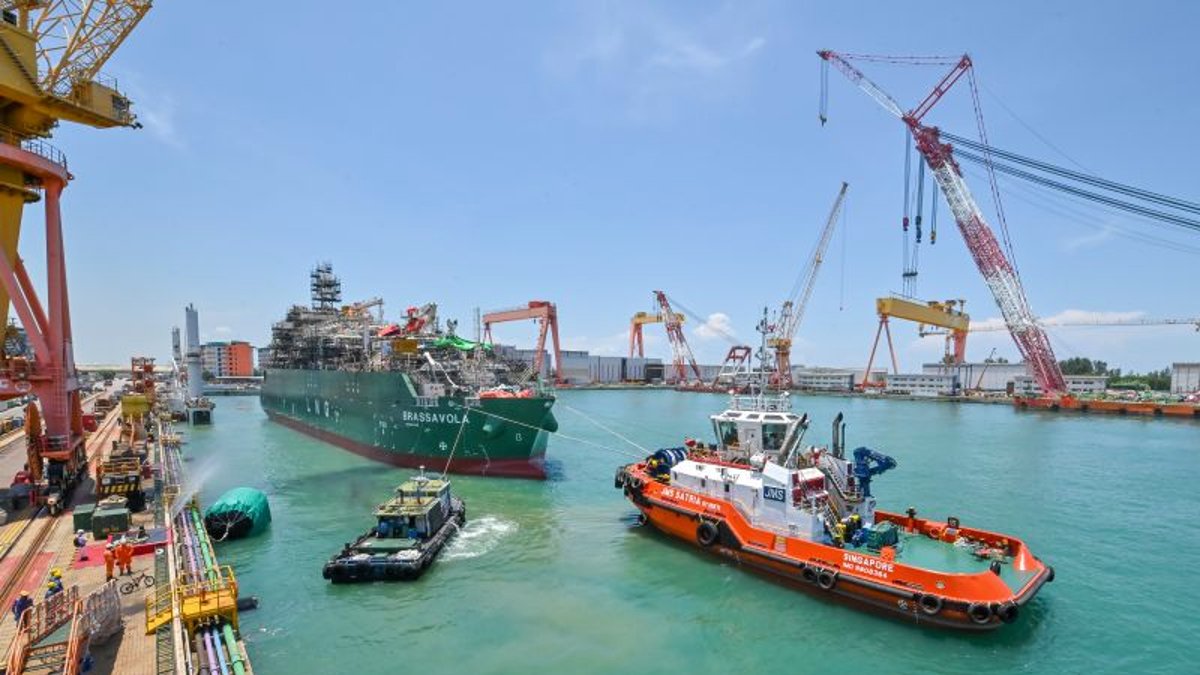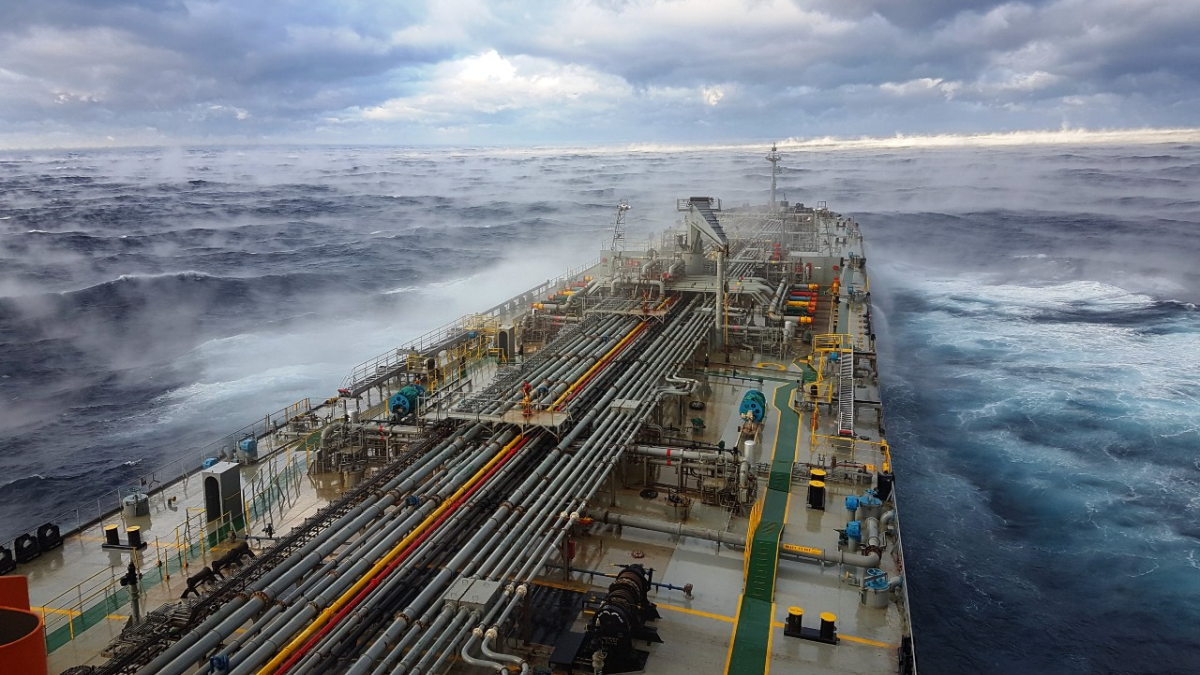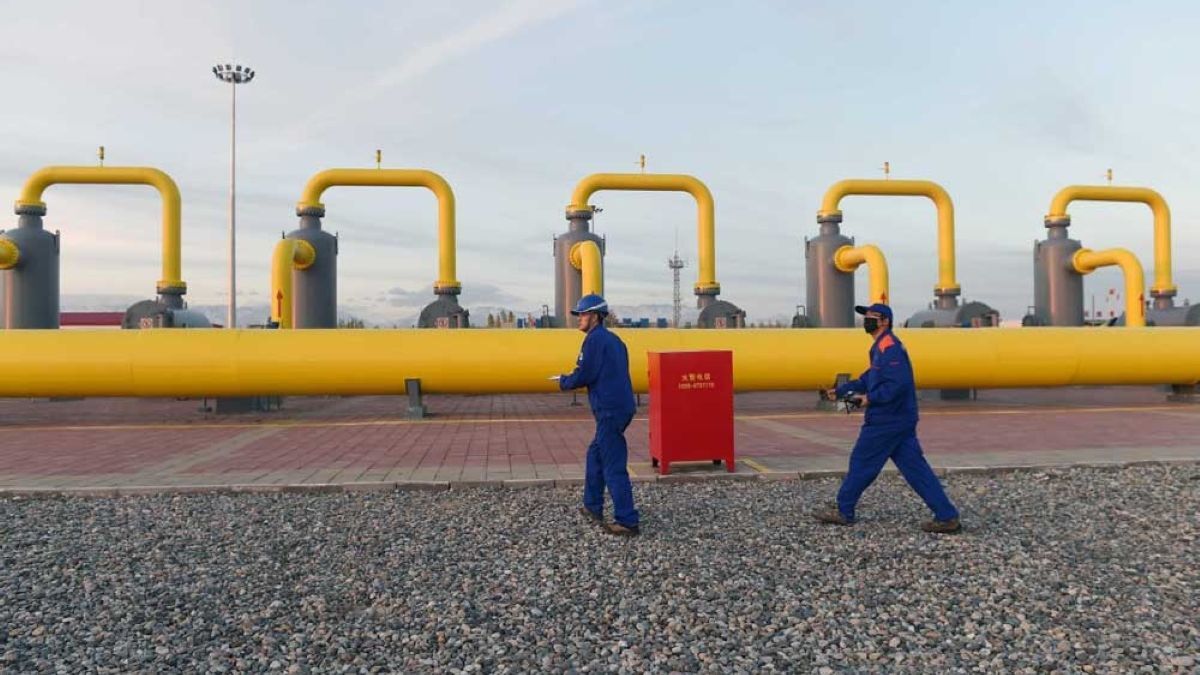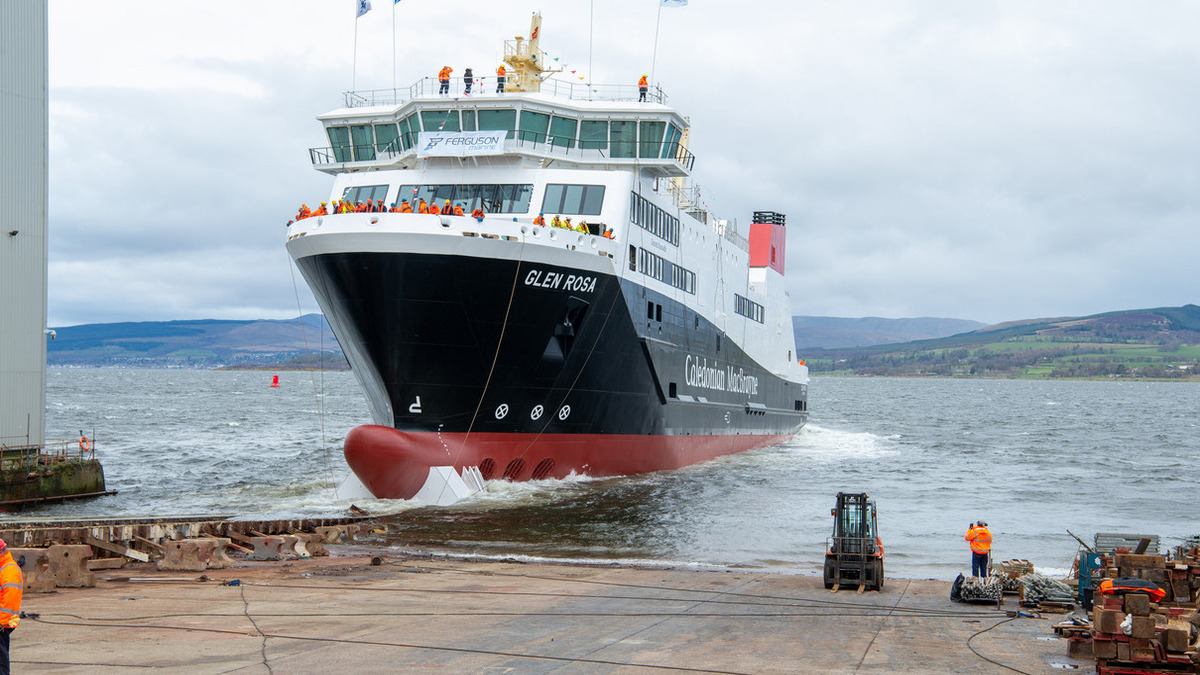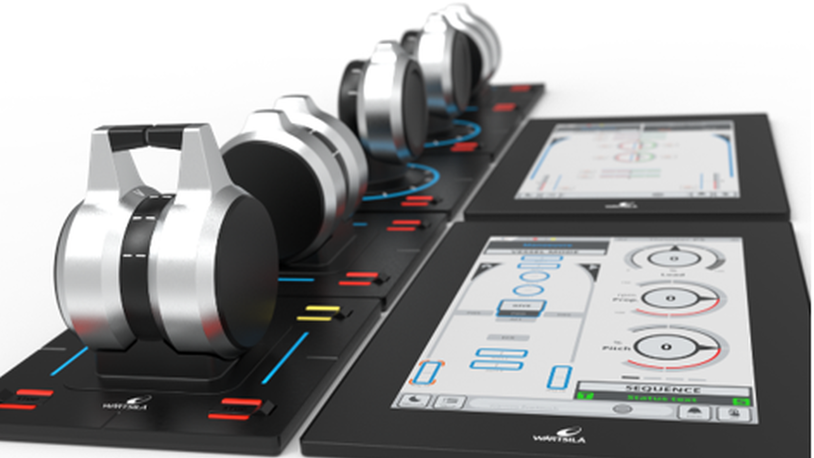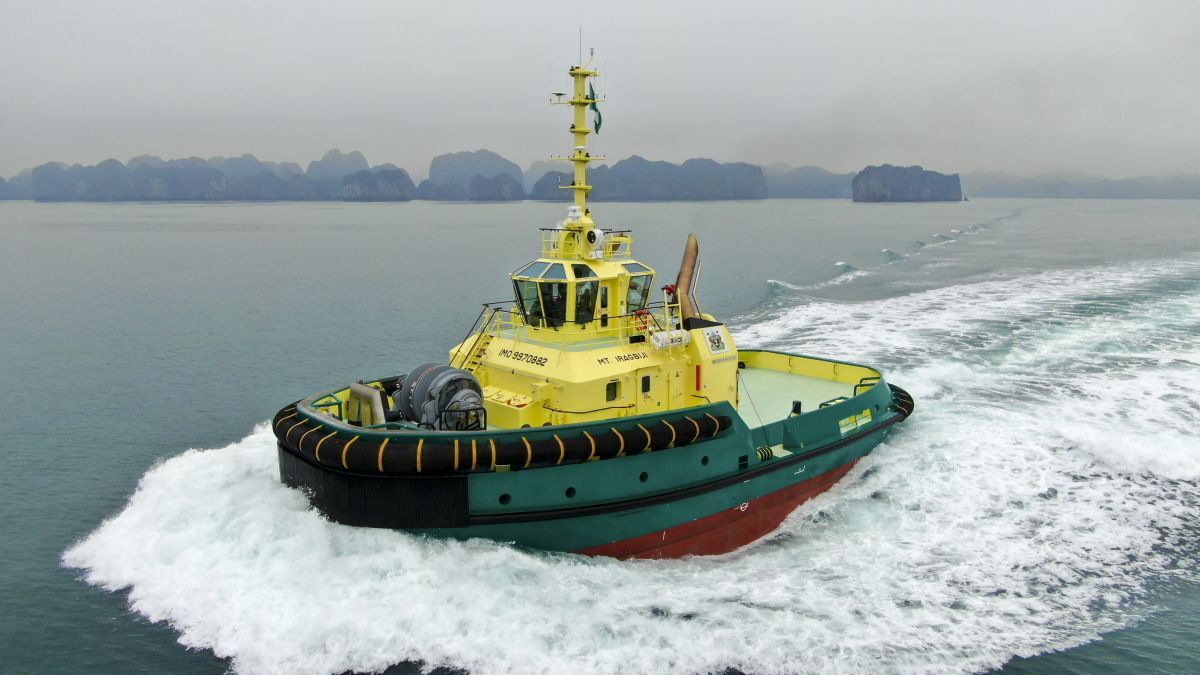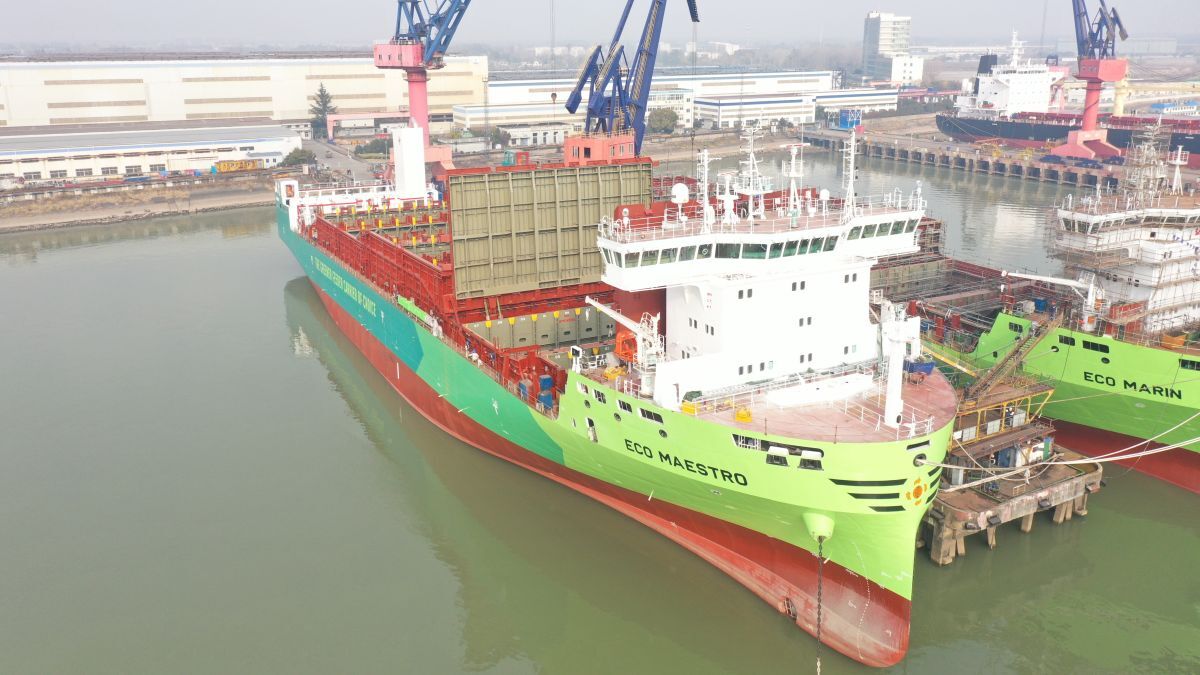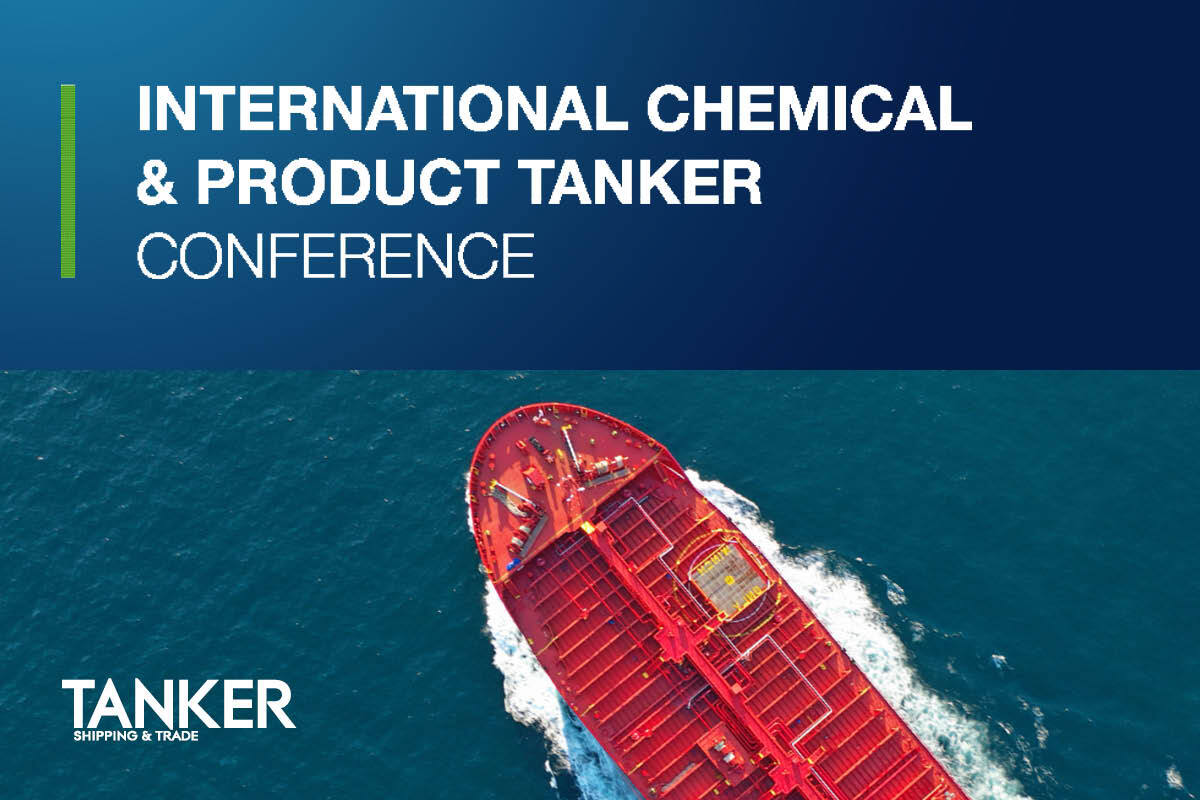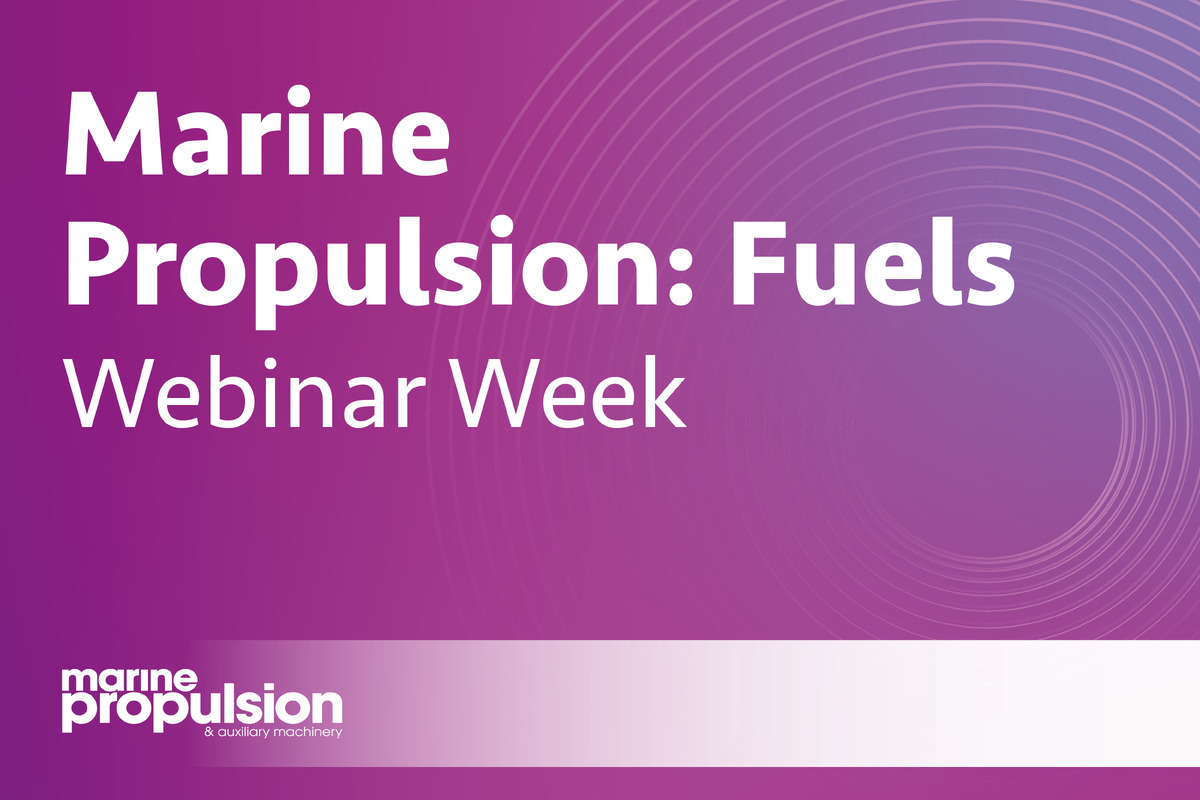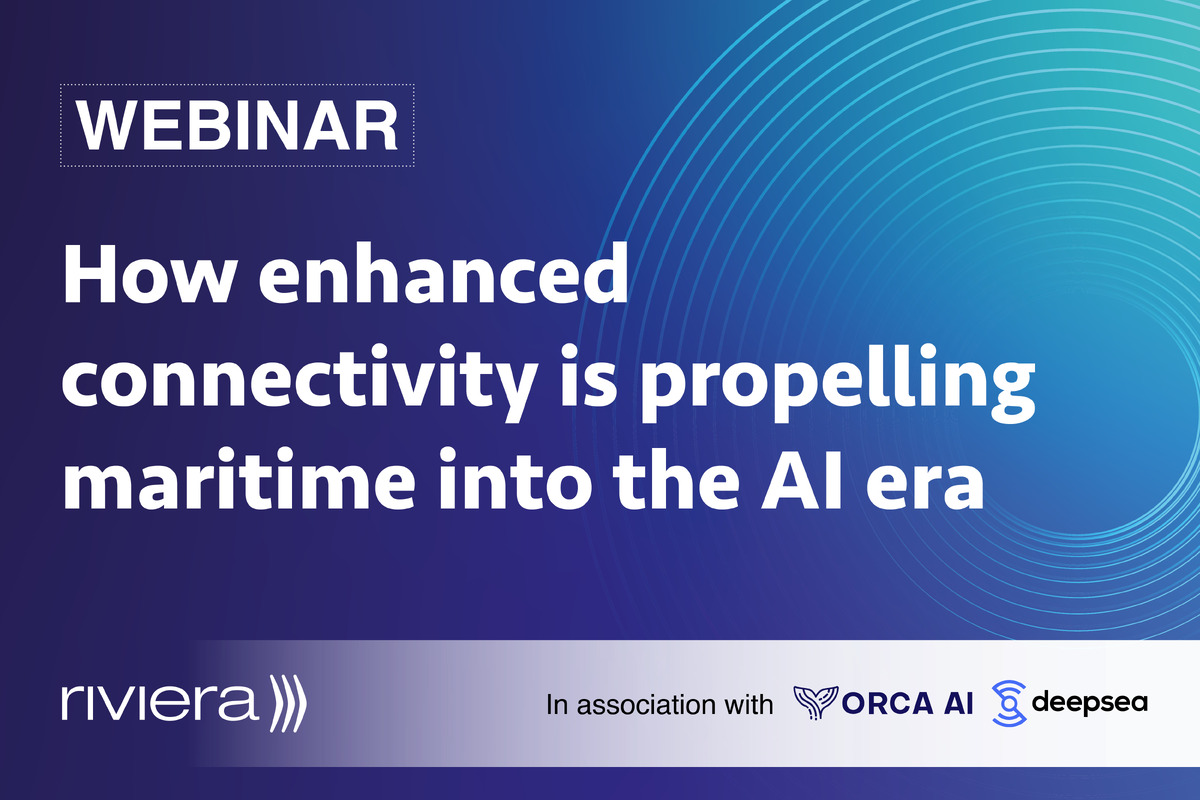Business Sectors
Events
Contents
WinGD broadens X72DF engine choices to address EEDI, EEXI
WinGD is adding four versions to its dual-fuel X72DF platform for shipowners seeking to limit installed power in line with the IMO’s Energy Efficient Design Index (EEDI) for newbuilds and Energy Effiency Existing Ships Index (EEXI)
Four new versions of the Otto-cycle, two-stroke, low-pressure X72DF dual-fuel engine platform will provide ship design flexibility, helping owners to reduce installed power and greenhouse gas (GHG) emissions, said the marine engine developer.
A popular choice for LNG carrier newbuilds, the X72DF can be applied to Suezmax tankers, Panamax and sub-Panamax container ships and Capesize bulk carriers.
“Our most successful engine model is now available in four configurations,” said WinGD global sales director Volkmar Galke. “These options reflect the varied demands on shipowners to design vessels more efficiently, reduce installed power and cut emissions dramatically. Whatever route shipowners choose to meet these demands, there is now an X72DF that will work for them.”
Alongside baseline design improvements to the platform, an option is now available to optimise lower power output in five and six-cylinder configurations. These new versions are also available with enhanced methane slip-reducing X-DF2.0 technology.
The base version, X72DF-1.1, incorporates WinGD’s new engine control architecture, WinGD Integrated Control Electronics (WiCE). Several design improvements focused on enhancing reliability while simplifying production and installation were made, along with the addition of a modular scavenging concept to improve control over combustion and emissions.
For five and six-cylinder engines, further optimisation is available to improve efficiency at lower power outputs. The X72DF-1.2 features a selected power/speed range with a lower specific fuel consumption. This configuration is designed specifically for ships such as LNG carriers, and will be attractive to owners and shipyards seeking to limit installed power in line with the IMO’s energy efficient design indices for newbuilds and existing vessels.
During MEPC 75 in November 2020, IMO approved amendments to Marpol Annex VI, introducing EEXI for existing ships. Subject to adoption at MEPC 76 in June 2021, the requirements will enter into force in 2023, with a 30% efficiency from the baseline, for example, for existing LNG carriers.
The option of reduced power rating and limited cylinder configuration enables a more compact design, with a shorter thrust section, an optimised gear drive and a smaller fuel supply unit contributing to reduced engine length. This equates to greater flexibility in the engineroom and versatility potential for the ship design.
The new versions (see accompanying table below) are both available as X-DF2.0 upgrades featuring iCER (intelligent control by exhaust recycling) technology. Released in June last year, iCER reduces methane emissions by up to 50% compared with X-DF1.0 engines. The X72DF-2.1 and 2.2 have been specifically tailored for all LNG-fuelled vessels.
All four versions are available for order now, with first delivery anticipated for April 2022, with delivery of the first iCER-equipped version targeted in Q3 2022.
|
|
X72DF-1.1 |
X72DF-1.2 |
X72DF-2.1 |
|
X72DF 2.2 |
|
No of cylinders |
5-8 |
5-6 |
5-7 |
|
5-6 |
|
Cylinder bore (mm) |
720 |
720 |
720 |
|
720 |
|
Piston stroke (mm) |
3,086 |
3,086 |
3,086 |
|
3,086 |
|
Speed (rpm) |
69-89 |
69-79 |
69-89 |
|
69-79 |
|
MCR (kW) |
25,800 |
15,600 |
22,575 |
|
15,600 |
Riviera will provide free technical and operational webinars in 2021. Sign up to attend on our events page
Related to this Story
Events
Maritime Cyber Security Webinar Week
International Chemical & Product Tanker Conference 2024
Marine Propulsion: Fuels Webinar Week
How enhanced connectivity is propelling maritime into the AI era
© 2023 Riviera Maritime Media Ltd.

